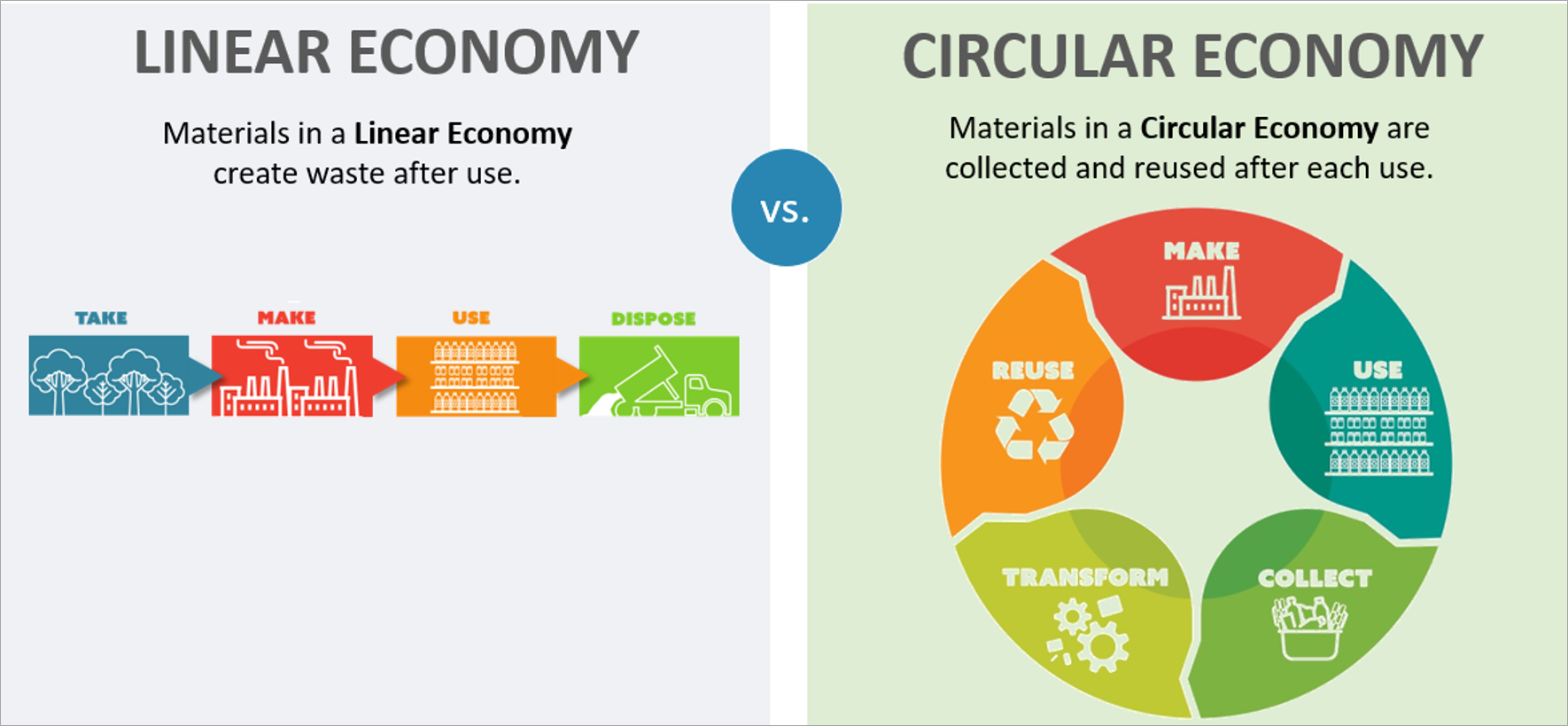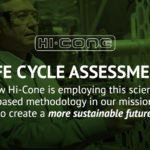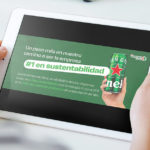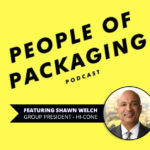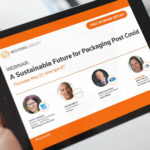Consumption of any kind comes at a price. In manufacturing, processes draw on resources to produce items that, once they have served their purpose, become surplus to requirements.
What happens to them next is often the subject of intense scrutiny; after all no-one is immune to social pressure to reuse and recycle. Yet, fewer among us probably consider the total cost of consumption – the end-to-end environmental impact of generating, transporting and disposing of goods.
Yet, to ignore this is to take an incomplete view of sustainability. We are all striving for a circular economy, in which a throwaway culture is superseded by an approach that keeps products and materials in use. A linear economy follows a ‘take-make-use-dispose’ model, whereas in a circular economy, materials are extracted from waste to re-enter production processes. Reuse and recycling initiatives are central to this and great strides have been made in raising awareness of this need.
Environmental Impact: Taking a Wider View
Plastic in particular has received considerable attention in recent years, so much so that ‘single-use’ was 2018’s word of the year. We all need to recycle plastic in our day-to-day lives and manufacturers should consider alternatives to single-use, but they must also take a wider view. They must consider the total impact of their materials, products and production processes.
The UK government’s Environment, Food and Rural Affairs Committee in its report on plastic food and drink packaging, wrote: “In the backlash against plastic, other materials are being increasingly used as substitutes in food and drink packaging. We are concerned that such actions are being taken without proper consideration of wider environmental consequences, such as higher carbon emissions.”
The full environmental cost of production and consumption includes the choice of materials themselves but also the level of carbon emissions generated, and energy consumed.
Understanding total cost is unlikely to be a simple task; often there are complex interrelationships at work. Not surprisingly, consumers are confused. Our recent survey of adults across four regions (the USA, UK, Mexico and Spain) reveals that 69% believe non-plastic packaging (such as cardboard, glass, cans, etc.) is better for the environment than plastic, yet 30% are unsure if using a small amount of plastic can be better than a larger amount of a different packaging material such as cardboard.
The Complete Product Life Cycle
To arrive at the most sustainable solution for a product, such as a type of food or drink packaging, manufacturers and developers must look at the complete product life cycle. That means taking account of carbon emissions and the amount of energy used in manufacturing as well as the recyclability of the final product. In so doing, industry commits to optimizing the suitability of materials and products to the circular economy, as well as minimizing waste.
Through education, consumers will be equipped to make fully informed decisions, minimize the impact of their consumption and maintain pressure on industry to deliver solutions that address all sustainability issues.
The importance of recycling can’t be overstated so work must continue on raising awareness of the need to recycle, and on improving infrastructure and the recyclability of products and components. Yet, industry must also strive to bring down the total cost of consumption and support consumers in making positive choices for a circular economy. That means taking steps to understand the full environmental cost of production and consumption and working to minimize carbon emissions and energy consumption, while maximizing the sustainability of materials.
Find out about Hi-Cone’s work on sustainability to optimize the life cycle of ring carriers from production through consumption to recycling, and visit www.ringrecycleme.com, an international recycling program, to discover how to give plastic ring carriers a new life.
About the Author
 Jennifer Perr is the Global Sustainability Director at Hi-Cone. In this role, she collaborates with the entire value chain to both build and educate key stakeholders about the circular economy. She also leads Hi-Cone’s Vision 2025 team, focused on developing new multi-packaging solutions that continue Hi-Cone’s long history of packaging with positive end-of-life outcomes and that uphold Hi-Cone’s commitment to minimal environmental impact.
Jennifer Perr is the Global Sustainability Director at Hi-Cone. In this role, she collaborates with the entire value chain to both build and educate key stakeholders about the circular economy. She also leads Hi-Cone’s Vision 2025 team, focused on developing new multi-packaging solutions that continue Hi-Cone’s long history of packaging with positive end-of-life outcomes and that uphold Hi-Cone’s commitment to minimal environmental impact.

